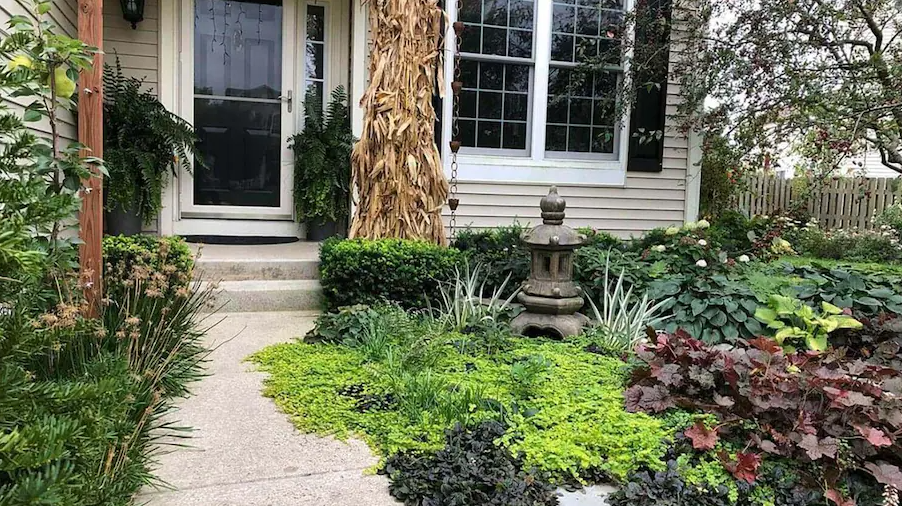Wood paneling is commonly linked with the luxurious, intricate appearance of older houses. However, it’s now becoming more popular in modern homes for both wall protection and visual appeal.
While adding wood paneling can increase the expense of remodeling a room, it offers several benefits that enhance the home’s durability and resale potential. For instance, wood paneling can act as a soundproofing material. In dining rooms, it guards the lower part of walls from damage caused by chair impacts. Natural wood paneling with stains or clear coatings creates a calming atmosphere in rooms. Additionally, wood paneling can be painted to achieve a more formal look.
Beadboard
Beadboard paneling has long, continuous vertical grooves with raised beads spaced every inch or two. You can find beadboard in individual boards, typically 32 to 48 inches long and 3 to 4 inches wide. These boards fit together side-by-side. Alternatively, you can buy large panels as long as 8 feet, which makes installation quicker. The beads and grooves are already molded into the board at the factory.
Shiplap
Shiplap is a type of interior paneling inspired by the siding used on the outside of houses. It consists of long, horizontal boards that overlap each other along their edges. The top board overlaps the bottom one, creating a tight and sturdy joint. While shiplap is often used for its rustic and charming appearance in dining rooms, bedrooms, and living areas, it’s mainly for looks rather than practical use. It can also be used on accent walls to give a farmhouse or traditional vibe.
Board and Batten
Board and batten paneling has a distinct pattern with wide vertical boards called battens. These battens can be thin or thick and are spaced about 6 to 10 inches apart. It gives a strong and bold appearance and was popular in homes from the early 20th century. The battens cover up the joints between the boards, and sometimes extra battens are added for looks.
Coffered Panels
Coffers are squares set into ceilings, creating a grid-like pattern. The name comes from French and Latin words meaning “chest” or “coffin,” indicating how deeply the squares are set. In wall paneling, there’s less space to sink the squares, so it’s more about creating the suggestion of a coffer. This is done by attaching vertical and horizontal boards to form the grid. Sometimes, each square is routered or trimmed for extra decoration.
Raised Panels
Raised paneling is a type of wood paneling that features rectangular or square shapes, spaced apart by vertical molding every 4 to 8 inches. These panels have V-shaped bevels that create a raised effect, with horizontal rails at the top and bottom. It’s a fancy look often seen in older, upscale homes because the deep bevels create dramatic shadows. Raised panels are commonly used in wainscoting and can be bought pre-made or made from materials like MDF or polystyrene. Alternatively, they can be built from scratch using thin pieces of molding on flat panels.
Flat Panels
Flat paneling is totally smooth on the front and doesn’t have any raised parts, lines, or bumps. The only breaks you’ll see in a row of flat panels are where they join together. Sometimes, these joins are left as they are, and other times, they’re covered with metal or wood strips.
Flat paneling has a modern and sleek look. Its smooth surface highlights the natural texture of the wood. Instead of drawing attention to the paneling itself, the focus is more on the room and its features.








